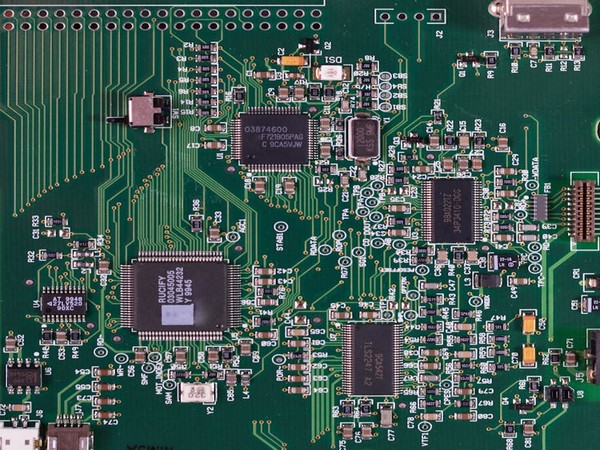
India is moving toward becoming a global semiconductor hub to fulfil Prime Minister Narendra Modi’s vision of making the country a semiconductor manufacturing powerhouse by 2035.
Modi’s ambitious goal requires the country to abandon its dependence on imports of over 90% of its semiconductors by building a domestic ecosystem. It is also part of the world’s most populous country’s efforts to create more jobs.
South Africa has a fledgling semiconductor industry, and the African continent is rich in mineral resources (cobalt, copper, graphite, silicon, and tantalum) that are vital for manufacturing semiconductors. African countries could follow India’s example and maximise their economic potential through beneficiation projects rather than exporting these natural resources to other countries to build their industrial sectors.
A country like South Africa with its excessively high unemployment rate, could also create thousands of new jobs by following India’s example of growing its semiconductor industry.
India is investing heavily in infrastructure and technical expertise to achieve its goal of becoming a semiconductor hub within the next decade, It’s also launched a $10 billion (R185bn) incentive programme, covering up to 50% of project costs, to attract global players.
One of its flagship projects is the India Semiconductor Mission (ISM), a strategic move to build a robust semiconductor ecosystem, essential for powering all electronic devices in India. The COVID-19 pandemic underlined the fragility of the global semiconductor supply chain, and the ISM was launched in 2022 to create a robust semiconductor ecosystem within the country.
It is housed under the Digital India Corporation and tasked with catalysing semiconductor manufacturing, packaging, and design capabilities. India is also offering a lucrative package to encourage the establishment of semiconductor and display fabrication plants.
This is an incentive to attract significant industry players and stimulate investment in India's semiconductor infrastructure.
Other developments in the semiconductor space include the launch of three projects (a semiconductor fabrication facility, an Outsourced Semiconductor Assembly and Test (OSAT) facility in Gujarat; and another OSAT facility in Assam). This is a major step toward the realisation of India’s ambitions.
Srini Chinamilli, the CEO of semiconductor company Tessolve, says that India’s ambition is “ bold but achievable”. He believes that “with a clear focus on infrastructure development and leveraging its expanding technical expertise, India has the potential to transform into a significant player in the global semiconductor ecosystem.”
In an interview with innovation platform ET EDGE, Chinamilli welcomed the massive investment and government incentive programmes. He says the country has a pool of engineers currently helping multinational companies design cutting-edge products, who would be readily available for local semiconductor production.
While India has access to the latest advancements, innovation, and specialised talent through international partnerships, it also has challenges. According to Chinamilli, while the ISM and government skills development programmes are steps in the right direction, further skills development in emerging technologies like semiconductors is necessary to accelerate India’s trajectory to becoming the semiconductor hub it aspires to be. “With continued efforts, India is well on its way to becoming a global semiconductor hub,’ he says.
Chinamilli adds, “India’s partnerships with countries like the US, Japan, and Taiwan are pivotal in fast-tracking its semiconductor goals by leveraging its technological expertise, investment potential, and advanced manufacturing capabilities.”
These partnerships are crucial for fostering technology transfer and strategic investments and strengthening India’s integration into the global semiconductor supply chain.
For a country like South Africa, perhaps the biggest takeaway from India's progress toward becoming a global semiconductor manufacturer is to implement the basic building blocks, including infrastructure and human capital investment, and the creation of public-private partnerships buttressed by skills development, to fulfil its national ambitions whether it be building its semiconductor industry or any other economic development undertaking.